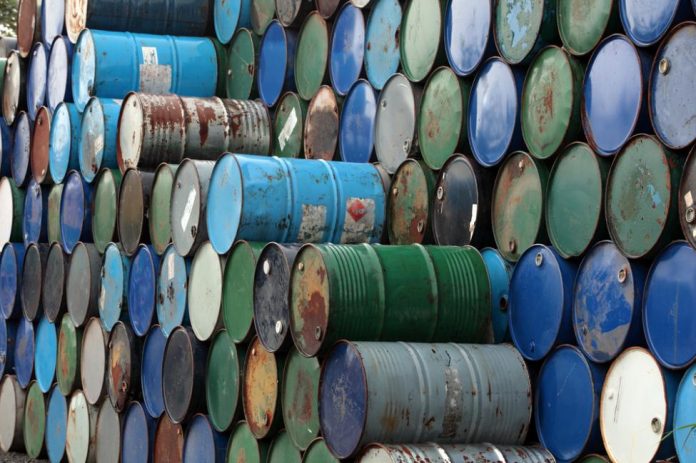Today’s trading session saw Wall Street indices climbing, fueled by growing optimism that the Federal Reserve might be putting the brakes on interest rate hikes. The Dow Jones Industrial Average rose around 0.7%, the S&P 500 gained close to 1.0%, and the tech-centric Nasdaq Composite tacked on approximately 1.1%. This upward momentum follows dovish remarks from two Fed officials, suggesting that the recent uptick in bond yields could be the credit tightening the central bank aims for, potentially signaling an end to this rate-hiking cycle.
However, it’s not all smooth sailing. The International Monetary Fund (IMF) cautioned that most central banks aren’t quite hitting the mark on reining in stubborn inflation, advocating for a continuation of tight monetary policy.
As bond trading resumed today, Treasury yields pulled back, providing some relief to equities. The 10-year Treasury yield retreated from its 16-year high, even as market participants kept a wary eye on escalating tensions between Hamas and Israel.
“I don’t think bonds are completely out of the woods yet,” warned SoFi head investment strategist Liz Young.
“We also haven’t seen very much weak economic data. […] At this point, there hasn’t been a good reason for yields to come down and stay down.”
Bulls were happy to see a bond rally nonetheless. Whether those gains stick, however, is a different question.
Oil markets experienced a bit of a rollercoaster as well. After a more than 4% gain due to concerns over potential supply disruptions stemming from the Middle East conflict, both Brent and WTI crude futures dipped nearly 1%, trading below $86 and above $87, respectively. The conflict has market watchers on edge, as it could potentially impact Middle East supply and exacerbate an expected deficit for the remainder of the year. ING analysts noted, “There is still plenty of uncertainty across markets following the attacks in Israel over the weekend,” adding that a risk premium is now baked into oil prices.
Vivek Dhar, an energy analyst at CBA, highlighted the stakes, stating, “If the U.S. finds evidence directly implicating Iran, then the immediate reduction in Iran’s oil exports becomes a reality.” Dhar also projected that Brent oil could stabilize between $90-$100 per barrel in Q4 2023 but warned that the ongoing conflict raises the risk of Brent futures exceeding $100 per barrel.
On the supply side, there’s a glimmer of hope as talks between Venezuela and the U.S. have shown progress, potentially easing sanctions and allowing more foreign oil firms to engage with Venezuelan crude under specific conditions.
In the corporate arena, PepsiCo shares rose 1.1% after the company smashed Wall Street’s Q3 profit estimates and lifted its annual earnings forecast.
As the day unfolds, market attention will pivot to speeches from several Fed officials, including Raphael Bostic, Neel Kashkari, Christopher Waller, and Mary Daly, as traders seek further clues on the central bank’s next moves.








